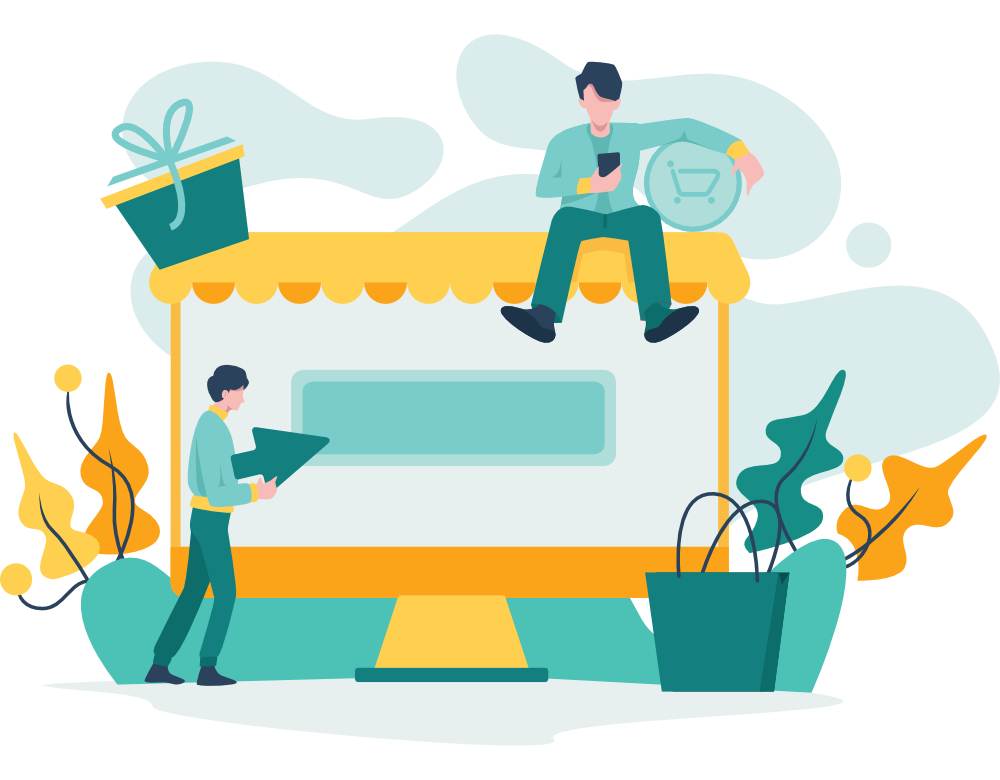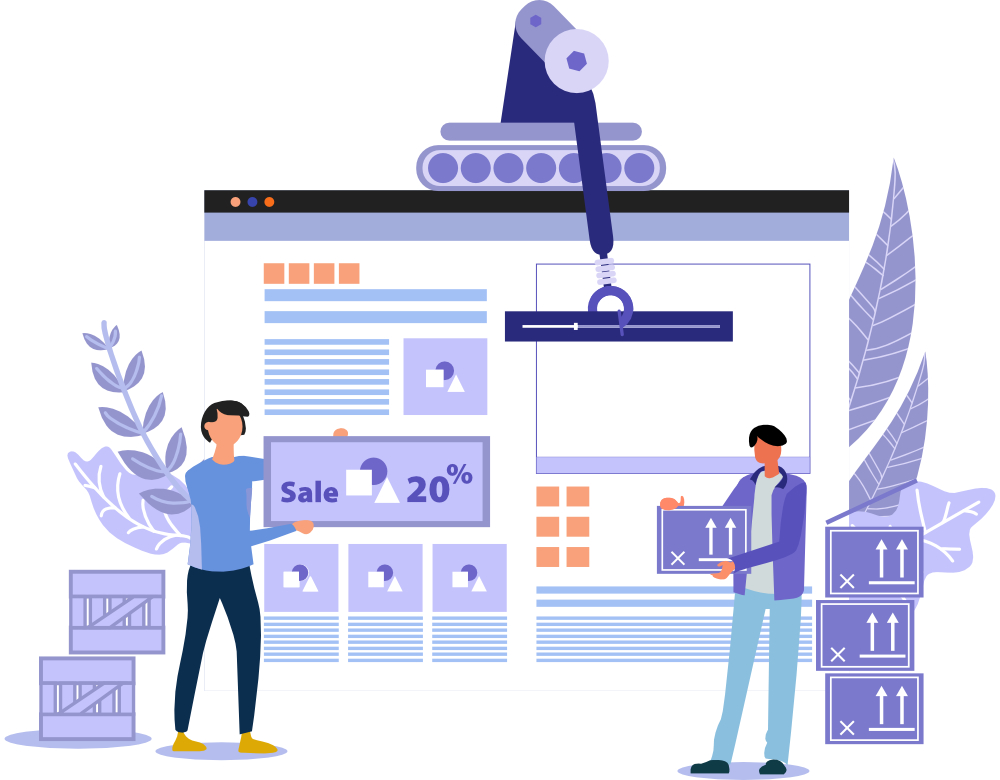Since the pandemic customers have become more conscious of their spending habits, leading to an increase in online shopping. Consumers are looking for convenience, safety, and value when shopping online. It’s important that e-commerce websites are targeting the right audience with the right products and services.
We are going to take a look at both B2B and B2C e-commerce and explain what they are and how they are different.
What is B2B e-commerce?
Business-to-business (B2B) e-commerce is a type of online transaction that involves the exchange of goods or services between two or more businesses. It typically involves the sale and purchase of goods, such as raw materials, parts, and finished products, as well as services like consulting and advertising. Here are some different types of B2B e-commerce.
Manufacturers
A manufacturer is a company or an individual that produces goods or components for other companies to use in the production of their own products. The items are then sent to wholesalers or retailers, who sell them to customers.
Wholesalers
A wholesaler is a business or person that buys products from manufacturers or suppliers and resells them to retailers, usually in large quantities. Wholesalers are typically the middlemen between manufacturers and retailers, helping to facilitate the movement of goods throughout the supply chain.
Advertisement-Based
Advertisement-based e-commerce businesses don’t sell any products or services to other businesses, instead they advertise for other companies and their products.
What is B2C e-commerce?
B2C e-commerce is the buying and selling of goods and services online, between businesses and consumers. With B2C e-commerce, activities can include online shopping, ordering products online, searching for information, participating in auctions, and more. There are a few different types of B2C e-commerce businesses, here are just a few.
Direct Sellers
This one is the most straight forward type. A direct seller is an individual who sells products or services directly to consumers. These are the stores that sell either their own brand of selection of brands, like Target and Amazon.
Online Intermediaries
Online intermediaries are the middlemen of the B2C industry. They don’t have any physical goods or offer any services, but they connect those who sell with those who buy.
Subscription
Customers pay a fixed fee on a regular basis to receive products or services. Subscription based businesses often offer exclusive discounts and benefits to members to entice them to keep the subscription.
What’s the Difference between B2B and B2C?
While they both involve buying and selling products or services online, but they differ in key ways. B2B transactions are typically larger in value and involve multiple participants, like wholesalers, distributors, manufacturers, and retailers. B2C transactions are usually smaller in value and involve only two parties: the business and the consumer. B2B e-commerce usually requires integration with other business systems like ERP or CRM, while B2C e-commerce focuses on providing a smooth user experience for the customer. Additionally, payment methods are different for each type of e-commerce; B2B often requires payment in advance or a letter of credit, while credit cards are more commonly used for B2C payments.
Tips to Improve Your B2B and B2C E-Commerce Store
1. Increase website speed and performance: Website speed and performance are key when it comes to providing an enjoyable online shopping experience. Make sure your website is optimized for fast loading times and ensure you are using a reliable hosting provider.
2. Optimize for mobile: With more and more consumers using their mobile devices to shop, it’s important that your website is optimized for mobile users. Make sure your website is responsive and all elements are easy to view on all devices.
3. Offer secure payments: Security is a top priority for online shoppers, so make sure your payment gateway is secure and offers a variety of payment options. This will help customers feel safe when making purchases on your site.
4. Incorporate product reviews: Product reviews can be a great way to boost sales as they provide potential customers with insight into the quality of the product, they’re considering purchasing. Encourage existing customers to leave reviews on your products to boost credibility and trustworthiness among potential buyers.
5. Utilize SEO best practices: SEO best practices can help you increase visibility and drive more organic traffic to your e-commerce site. Focus on creating relevant content, optimizing page titles, meta descriptions, images, and keywords to help improve your ranking in search engine results pages (SERPs).
6. Implement personalization tactics: Personalization can go a long way in helping you build relationships with customers and increase conversions on your e-commerce site. Consider using dynamic content or personalized recommendations based on past purchases or behavior to engage shoppers more effectively.
7. Leverage email marketing campaigns: Email marketing campaigns are an effective way to reach existing customers as well as potential ones who may be interested in what you have to offer. Create targeted campaigns that focus on providing value rather than simply trying to sell products to build relationships with customers over time.
How Comet Pad Can Help
Choosing the right e-commerce platform and design is extremely important, but it’s not easy. Comet Pad offers web design packages that are not only affordable, but we can also customize a package to meet your needs. Schedule a call today with our team of developers to talk about your next project.



